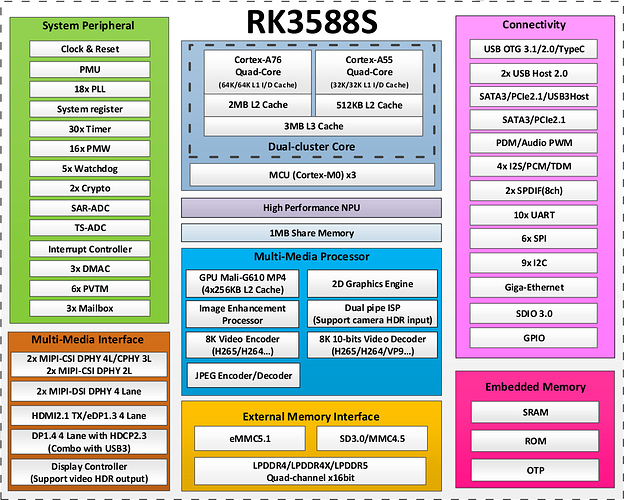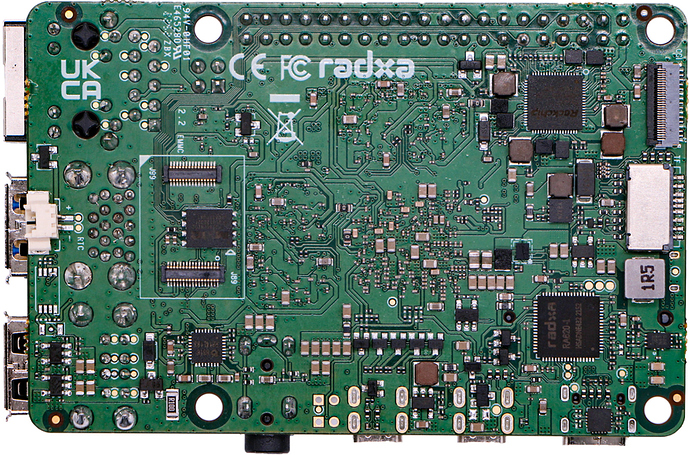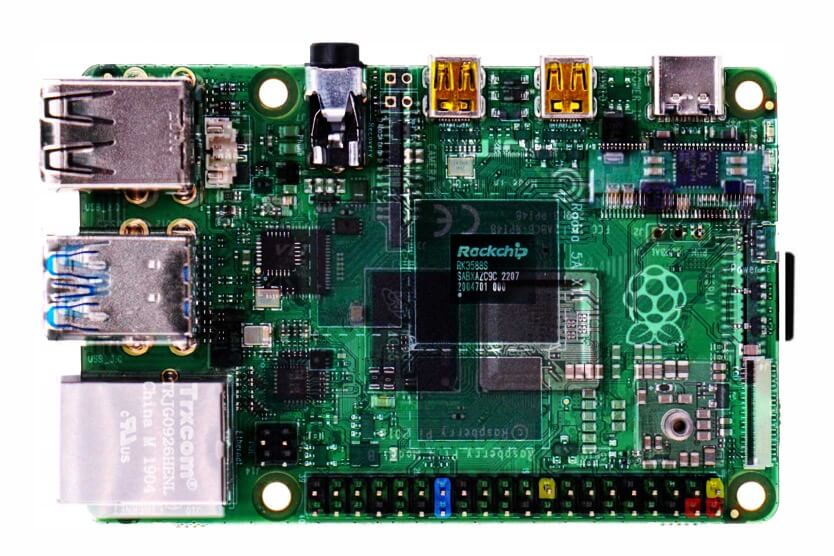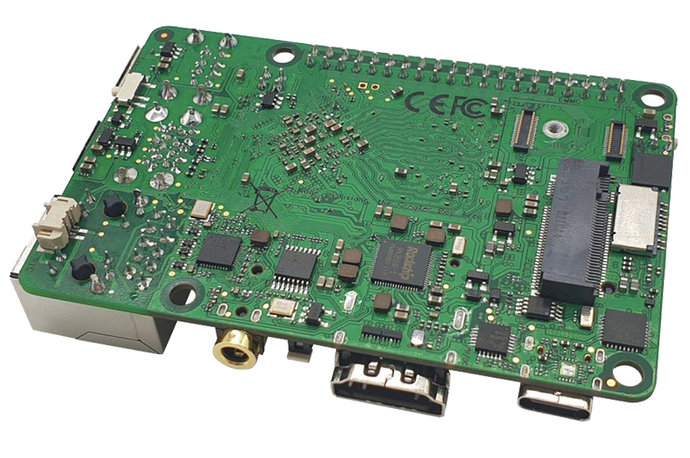I was really glad the look-a-like Pi concept for Pi fans wasn’t employed on the Rock5b as really the 3a should of been similar as it does have great I/O for that price point.
The Mali G52Le or whatever it is, is a cut down G52 and not that great as really that SoC is about great budget I/O and so should of been able to mount a full length 2280 card than some convoluted hat affair that is needed to purely give a passing resemblace to a Pi.
I have got the OrangePi5 and its a great little desktop board with true entry level desktop performance, where if I/O is your thing you probably should go for cheaper IO rich RK3568 or more expensive RK3588.
I have ordered a R3 code as seem to be collecting RK3588/s as that Cpu/Gpu/Npu is so sweet and absolutely destroys a Pi4 by a very big margin.
The A type boards are just a minimalist version of their bigger B type siblings and probably should be even more minimal to give a bigger cost difference as in the 80/20 rule that CPU/GPU/NPU likely could fulfil most common uses.
There are a couple of things that continue to bemuse.
The Pi look-a-like as why.
Consumer grade PD power than a simpler fixed rail 12v that would be really handy to also have on gpio.
Also mobo switches that top of the range x86 style mobo just have cheap and cheerful jumpers because it gives the flexability of wired switches.
I think the Pi look-a-like has more effect on the Rock3a as the Rock5a prob has a more common use as a general purpose desktop whilst the great IO of the Rock3a has much of its cost effectiveness negated because of a Hat that is only needed because it is a Pi look-a-like.
Its not that much of a deal on the 5a but why Pi look-a-like is a complete bemusement to me especially when it doesn’t have a single advantage if its not 100% pi format compatible?






